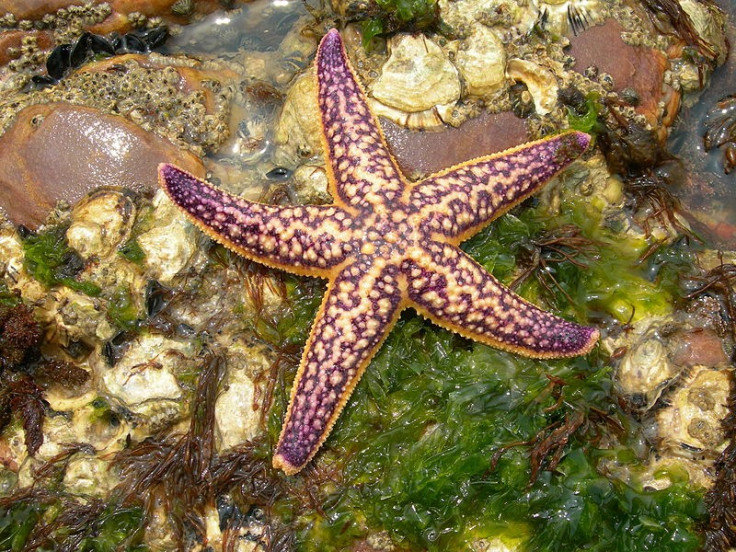Invasive Species from Japan Tsunami Threaten US Shores

More debris from the Japan tsunami has been washing up on US shores and scientists are increasingly concerned about the invasive species arriving with it.
Initially, it was thought that debris from the tsunami, which devastated Japan in 2011, would hit the west coast of the US in 2013. However, items started to wash up in April this year.
In June, a floating dock drifted in to Newport, Oregon, and was found to contain 13lbs (6kg) of organisms per square foot. Most of these species originated in Japan.
Researchers at Oregon State University's Hatfield Marine Science Centre said it was difficult to assess the threat these creatures posed to the US ecosystem but as more debris arrives so too will additional species.
John Chapman, of the centre, said: "There was a huge amount of stuff. [The organisms] were very healthy, very reproductive. And included in the list of species that we could identify were some very bad characters we are afraid of having here - so yes, this really is a horrible thing."
One species found on the dock was Northern Pacific seastars. If this species becomes established in Oregon, it could cause widespread ecological and economic harm because they prey on native marine organisms. Eradication efforts are ineffective because the planktonic larvae the seastar produces are free-swimming for several weeks and can easily be transported to new locations.
Wakame kelp, known as one of the worst invasive species outside its natural environment, was also present on the dock. The Hatfield Marine Science Centre said: "This non-native golden-brown seaweed from Asia has the potential to become established along the coast where it may spread quickly and become a fouling nuisance on docks, ship hulls, nets, fishing gear, moorings, ropes and other marine structures.
"In sheltered waters, the Wakame kelp can quickly form large beds that block out sunlight essential for the survival of native kelps, seaweeds, and other marine algae."
It has been estimated that 1.5 million tonnes of debris is floating through the North Pacific Ocean.
British Columbia is preparing for an increase in debris washing ashore as it prepares for winter storms to hit the coast.
While more invasive species may arrive, Jessica Miller, an Oregon State University marine ecologist, said the arrival of the dock was a sobering reminder of the natural disaster.
She said: "We have to remember that this dock, and the organisms that arrived on it, are here as a result of a great human tragedy. We respect that and have profound sympathy for those who have suffered, and are still suffering."
The tsunami hit the eastern coast of Japan in March 2011. It killed almost 16,000 people.
© Copyright IBTimes 2025. All rights reserved.






















